 THE mountains are full of places where people lived, raised families and died. Their children and their children???s children have moved on. All that remains are stones and walls and the imagined echoes of humanity . . .
THE mountains are full of places where people lived, raised families and died. Their children and their children???s children have moved on. All that remains are stones and walls and the imagined echoes of humanity . . .
Every country has its ruins, its forgotten villages, its silent places where people dug the earth before history swept them away. These roofless walls that are today bathed in sunshine once knew music and tears. These husks of stone and mortar were once warmed by fires and lit by lamplight. Within their confines, children grew into men and women, had children themselves, and watched the cycle revolve.
Ruins aren???t just ruins. They are the story of mankind written on the landscape. They are what our forefathers left behind when they wandered off in search of work, fled to the New World, and died in unfamiliar places. (Click images for high-res versions)

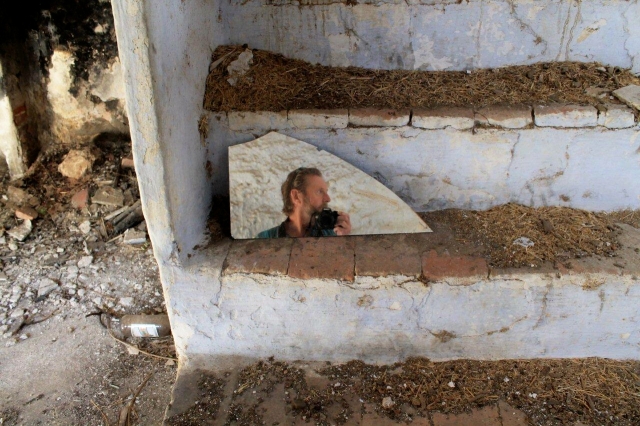

 There is a range of hills between the Sierra Nevada and Sierra Almijara, in Andalucia, southern Spain. We drove along a winding mountain road through the hills and chanced upon these two ruined haciendas ??? the first pictured above, the second below.
There is a range of hills between the Sierra Nevada and Sierra Almijara, in Andalucia, southern Spain. We drove along a winding mountain road through the hills and chanced upon these two ruined haciendas ??? the first pictured above, the second below.
Our host in Orgiva, Bruce Mac Nally, didn???t know much about their history but suggested they had been abandoned during the turmoil of the Spanish Civil War (1936-39), or in the ensuing guerilla conflict that dragged on into the 1950s and was bloodily crushed by Franco and the Guardia Civil.
Today they are nothing but shells. Time has moved on and left their stories untold.


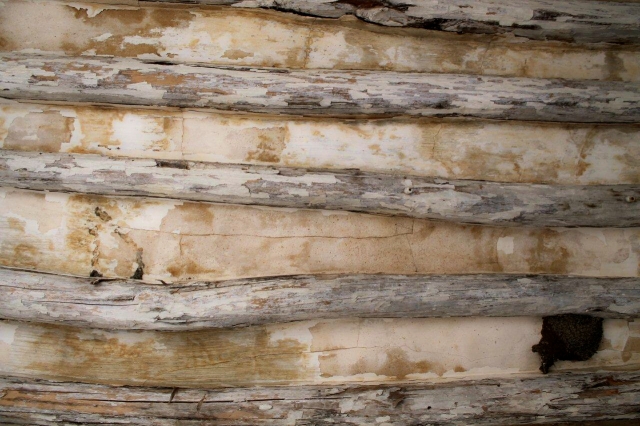





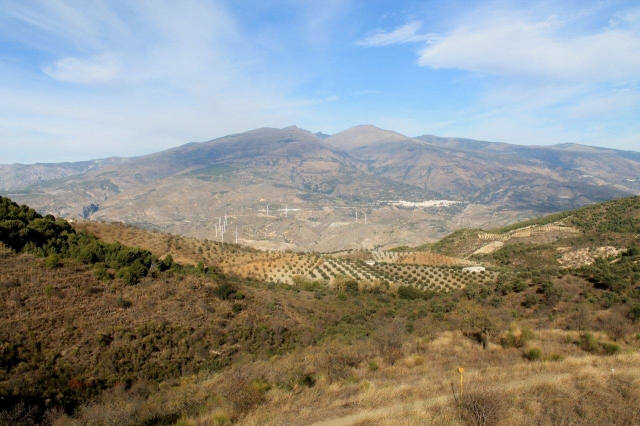

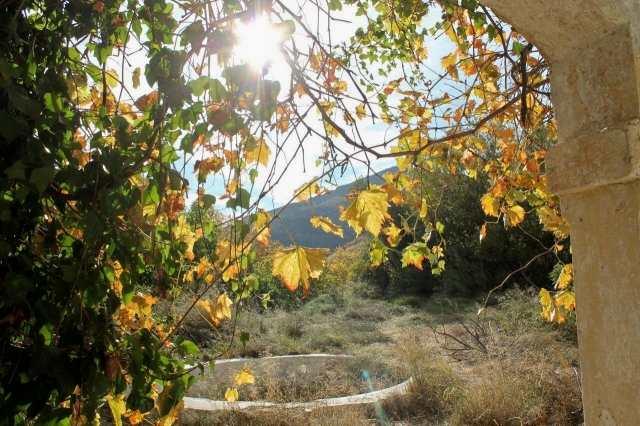
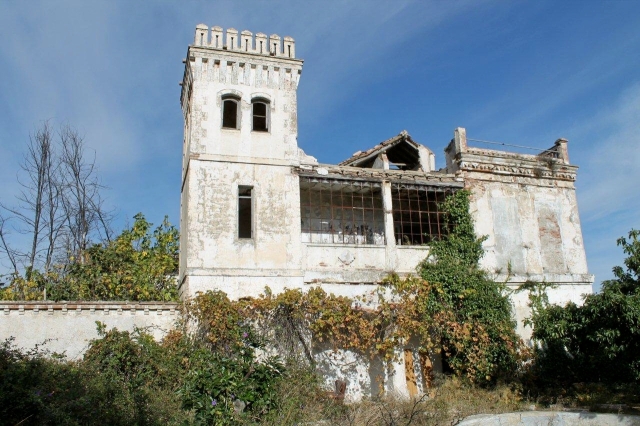









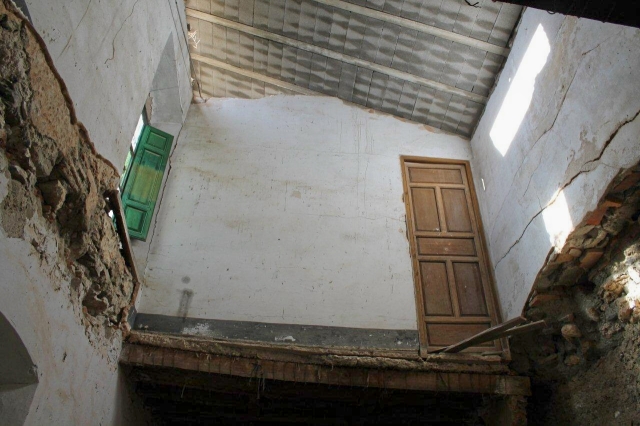

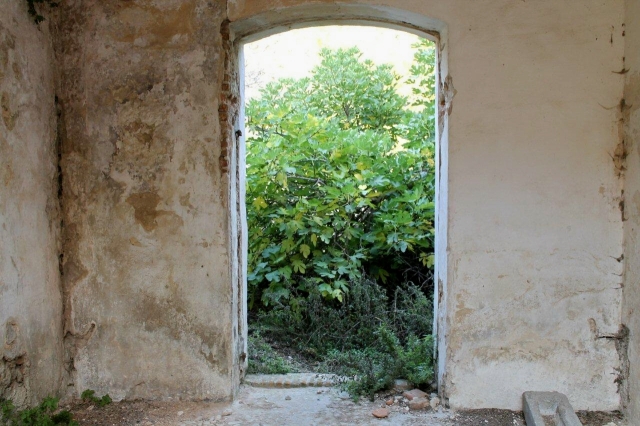










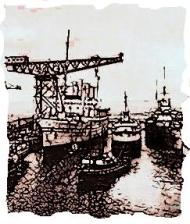
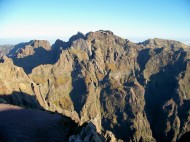
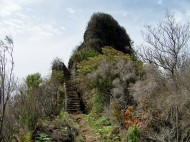
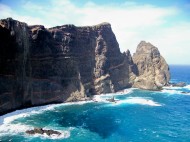




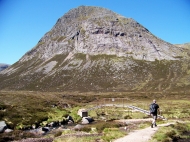


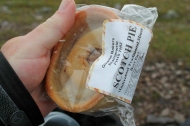
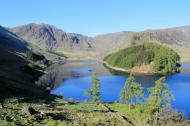


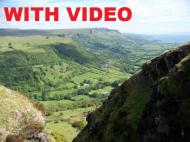
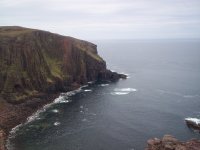
Great pictures, Alen. It is incredibly interesting to walk around in a place like the one you show.
The place looks like it can give your imagination wings. I dare not think about how it would be sleeping there in the night :-)
All the best,
Hanna
Hej Hanna. I don’t think I would go so far as to spend a night there. It was scary enough tip-toeing about in the shadows during the middle of the day. The second hacienda, in particular, was very dark and gloomy inside because all the windows of the ground floor had been bricked up and I had to climb in through a little window round the back.
It was very atmospheric though. I would have loved to have seen both places during their glory days.
Cheers, Alen
Like that photo of the mirror with you reflected in it – makes for a very interesting shot. Those are beautiful old ruins – you’d think someone would have done them up again to live in. They don’t decay anything like they do over here so it’s probably possible?
Carol.
Hi Carol. They are beautiful ruins, and located in beautiful places. With the air being a lot drier the fabric doesn’t appear to deteriorate quite as quickly as it does over here.
Cheers, Alen
Wonderful photos! Some of your best ‘abandoned’ shots yet. I wonder if some descendants of their inhabitants will come back at some stage and reclaim their great-grandfathers’ properties, and start again? It would be good to think so.
Hi Jo. Thanks for that. I’d like to learn more about those ruins but haven’t a clue how to go about it. Next time I’m over there I might make some inquiries. It’s a fantastic area.
Cheers, Alen
These photos are fascinating! You’ve taken them at just the right time. Just think, in another couple of hundred years there probably won’t even be rubble to look at! When we walk on this earth we are walking on the lives & the homes of our ancestors. Tread softly! (I’m sure there’s a poem about that..?)
Ah, you’ve opened up another avenue for me to saunter down, Ash. And so true. In years to come those walls will be humps on a mountainside, rather like the remains of bronze Age and Iron Age homesteads we come across today.
History doesn’t stand still at one particular moment. It’s a ribbon that goes on for ever.
Cheers, Alen
It is hard to imagine what the circumstances were that left these homes abandoned. People don’t simply walk away from their homes, yet in Spain there seem to be thousands of farmsteads and even whole villages that are abandoned. Last time my wife and I visited Spain we found a fairly large abandoned village (I think it was called Janovas). The whole population was removed with the intention of building a dam. The dam was never built if I remember correctl,y but they never let the people back. I agree the mirror shot makes for an interesting pic. Converted to BW those pics would have the grittiness of wartime imagery.
Hi David. What you said about Janovas is very interesting because it’s reminded me of a similar place I visited with my family in the early 1990s. It was a village half-submerged in a reservoir on the Spanish side of the Pyrenese, and having just located it on Bing maps I see it’s very close to Janovas.
My village is called Lanuza, and if you search the name on Google Images you come up with pictures of the ruins in the water ??? which is what we found ??? and the village today, which appears to have been converted into a holiday resort.
I think the Spanish have had a policy change on this sort of thing, because we visited the Picos de Europa a few years ago and there’s a tiny and very remote village there, called Bulnes, which has no road access, and the authorities have built an underground funicular railway to stop it dying. Definitely worth a visit if you’re ever in the area.
Cheers, Alen
Thanks for that info Alen. Funnily enough I have been to the place you mention as I have spent a few skiing holidays just up the road at Formigal, as well as a fair amount of summer walking just up the valley from Sallent de Gallego. I was last in the Picos in 1995 and would love to go back again. If I do Bulnes will be on my list. David
Small world. I’ve done very little walking around there. So much to do and so little time . . .
Hi, I just stumbled across your blog as I a writing a post on my own blog about an epic run/hike/trek across the Sierras Tejeda y Almijara (23 miles) that my husband, a friend and I did yesterday. We crossed the Sierra from La Resinera (near Forne) on the northern border of the national park to Nerja on a path that was mostly difficult to pass but a good adventure. From reading your posts it looks like you are having a similar Spanish adventure. I am living in Spain this year with my husband and 2 daughters. I don’t know how long you are here but if you are interested on going on any runs or hikes near Alhama we are here and always happy to have some company. Leslie
Wow, thanks for that Leslie. If I was still in Spain I’d love to join you on a day in the hills, but I’m back in England now and probably won’t return to Spain until autumn next year. I’ve got a feeling that a 23-mile run/hike/trek would be a little beyond my capabilities, although having done a bit of walking in the Almijara I would imagine the final half downhill into Nerja would be quite pleasant.
I’ll look forward to your post because I’ve been up the track from La Resina to Lucero, and up the other side from Frigiliana, so I’ve probably covered much of your route ??? though in a more leisurely fashion, I would imagine.
I’ve been to Alhama in the past, by the way, and nearly returned last month to climb Maroma. Never got there unfortunately.
Cheers, Alen
Interesting, evocative photos. If they were abandoned due to conflict it makes you wonder why the families never went back. Wonder where they are now. Regarding redevelopment, I suppose estate agents would describe the empty remains as a ‘project.’
Hi Chris. A “project” would certainly be an appropriate estate agent way of describing it ??? a bit harder than “needs some loving attention” or “perfect for the DIY enthusiast”. I’m more of a “ready to move in and put your feet up” man so I won’t be buying them.
Cheers, Alen